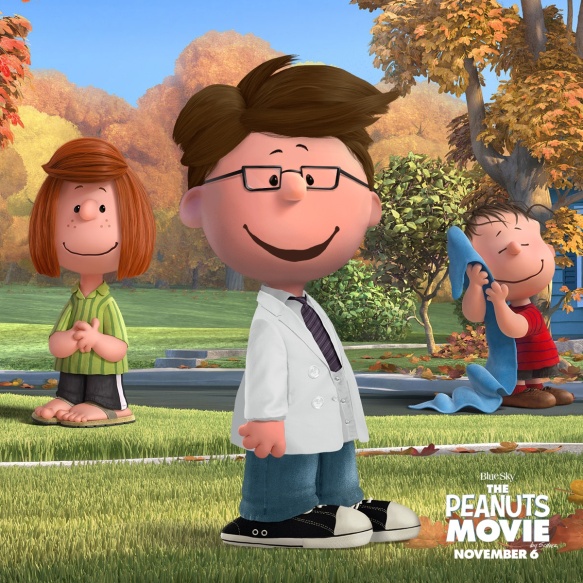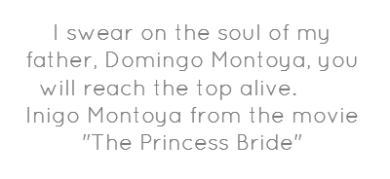
This is the tent location I chose at Scout camp several years ago. It was a perfect location. Then it rained. After that, my front door became the entrance to Lake Crume. This photo reminds me of an important leadership question in the spirit of KWH*. How do we respond to our goofs, mistakes and “uh-oh” moments?
One way to explore an answer to this question is found in the classic book The Peter Principle by Laurence J. Peter. The basic premise in Peter’s work** is that in a hierarchical organization, every person will eventually rise to her or his level of incompetence. The book is cleverly written, and it includes countless humorous observations including the following.
“A multitude of different explanations is as bad as no explanation at all.”
“You will see that in every hierarchy the cream rises until it sours.”
“Such employees lead only in the sense that the carved wooden figure-head leads the ship.”
Ouch! And pretty funny stuff.
The reason I believe The Peter Principle is accurate is because we are in hierarchicies every day of our our lives. We call them organizations. Families are organizations with hierarchies. Businesses, regardless of how flattened the org chart is, are hierarchies. Nonprofits have a distinct hierarchy. Since we are in organizations constantly then the most important question becomes, “How do we effectively lead within these contexts?”. I recommend embracing the “ouch” comments above.
Now, back to the photo. Every tent on a platform looks like a good location to camp before it rains! We all have moments of incompetence. What’s important in the spirit of KWH is The Peter Principle kicks in when we no longer care about learning from these moments in order to become a better leader.
Leadership Point: All leaders will face challenging situations. All leaders will make mistakes. The only challenges or mistakes that define us are the ones that prove The Peter Principle correct, which means we have risen to our level of incompetence.
* KWH stands for Know What Happened Before What Happened Happened – see previous posts for more about KWH!
**The book The Peter Principle was written by Laurence J. Peter and Raymond Hull. Peter is considered the creator of the Principle, and he wrote two additional books on the subject called The Peter Prescription and The Peter Pyramid.

 This image is me as a Peanuts character, cleverly imagined by the marketing folks of The Peanuts Movie.
This image is me as a Peanuts character, cleverly imagined by the marketing folks of The Peanuts Movie.